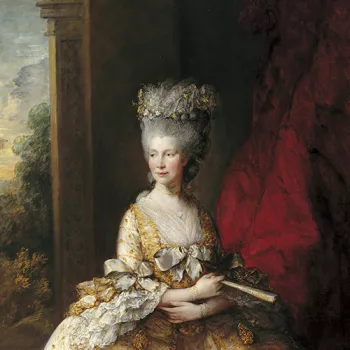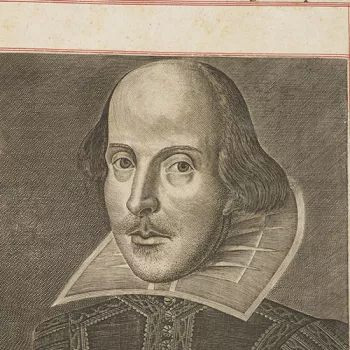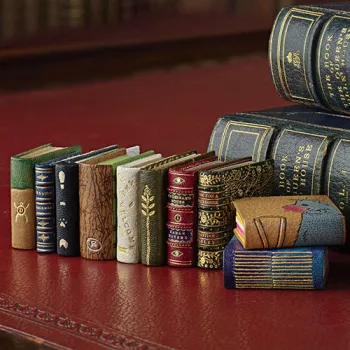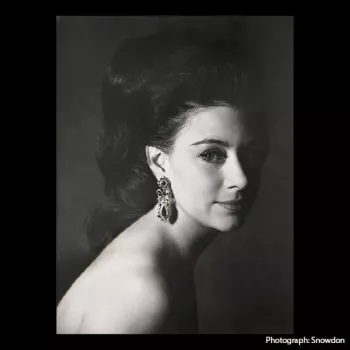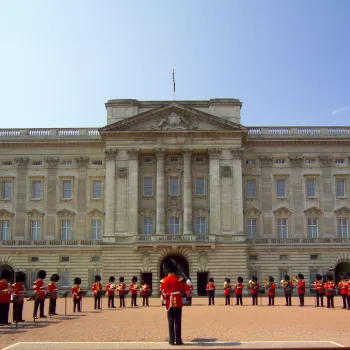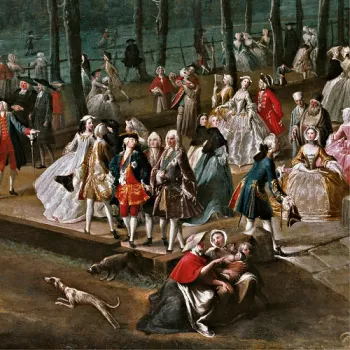The Georgians
The royal figures that shaped an era.
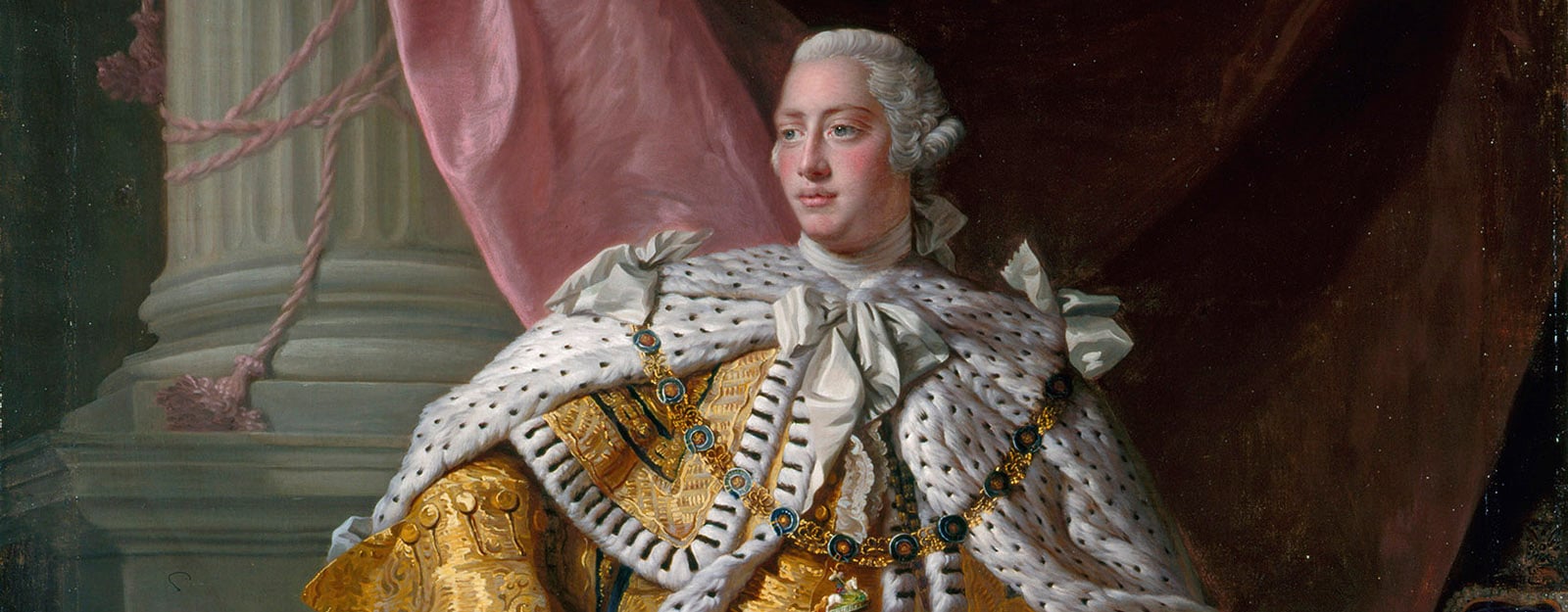
Reading time: 6 minutes
Spanning over a century from 1714, the Georgian era was a period of great change. From George I, who was the first monarch from the House of Hanover to ascend the throne, to George IV, who oversaw the Regency period, the Georgian monarchs played important roles in shaping politics, culture, and society. In this article, we explore the lives of the key royal figures of the Georgian era.
George I
George I inherited the throne after the death of his second cousin Queen Anne in 1714. There were over fifty individuals whose claim to the throne was stronger, however, they were all Catholic and the Act of Settlement of 1701 decreed that only a Protestant could wear the British crown. George I was born in Hanover, Germany in 1660. Coming to the throne aged 54, the new king had little knowledge of the politics or language of his new realm.
He favoured simplicity and practicality in dress rather than the ostentatious formality of court. During his regular trips back to Hanover, George left the governance of Britain in the hands of his ministers, notably Robert Walpole, often viewed today as the first Prime Minister.
For over half a century, the Jacobite movement tried unsuccessfully to have the Georgian monarchs deposed and replaced with those they regarded as their rightful kings. The best-known rebellion during George I’s reign was the Jacobite rising of 1715. This was an unsuccessful attempt begun in Scotland to gain the throne for Anne’s Catholic half-brother, James Francis Edward Stuart, known as the Old Pretender.
George II
George II ruled from 1727 to 1760. Born in Hanover, Germany in 1683, he came to England in 1714 after his father, George I, inherited the throne, although the two men had a strained relationship.
Unlike his father, George II was interested in court etiquette. Although he disliked sitting for a portrait, he took an interest in clothing and was always smartly dressed – one courtier described him as ‘dapper George’.
A hard-working monarch, George II was responsible for introducing standardised uniforms to the British army and navy, and during his reign, Britain’s military and economic strength grew.
Queen Caroline of Ansbach
Queen Caroline, the consort of George II, was known for her wide range of intellectual interests. She presided over a highly cultured and enlightened court. Widely characterised as the power behind her husband's throne during her lifetime, she took an active role in political life, encouraging her husband to retain Robert Walpole as chief minister.
You may strut, dapper George, but 'twill all be in vain; We know 'tis Queen Caroline, not you, that reign.
Hervey’s Memoirs of the reign of George II
George II and Caroline had eight children together, but like his father, George II had a dysfunctional relationship with his eldest son.
Frederick Prince of Wales
Frederick was the eldest son of George II and Queen Caroline and had been left behind in Hanover as a young boy, coming only to Great Britain aged 21 after his father acceded the throne in 1727. As a result, they would never be close, and a division was encouraged by politicians wishing to weaken the power of the royal family.
Frederick’s public opposition of his father would eventually culminate in a complete rift. Frederick even forced his wife, Augusta, to endure a carriage ride from Hampton Court Palace to St James’s Palace whilst in labour with their first child, to ensure his parents would not be present at the birth.
Outside of politics, Frederick was a man of culture who enjoyed cricket, loved music, and patronised the emerging English Rococo movement which championed theatrical and ornamental style. He was a talented viola and cello player, a pastime unusual for men of the nobility. Frederick’s early death in 1751, at the age of 44, left the path to the throne clear for his son, who acceded as George III in 1760.
Charles Edward Stuart
Charles Edward Stuart, also known as Bonnie Prince Charlie, was the grandson of the deposed Stuart king James II and VII. He is known for his leadership of the Jacobite Rebellion of 1745 in Scotland.
The Jacobite troops initially won a series of victories over the British army but were ultimately defeated at the Battle of Culloden in 1746. Following the unsuccessful insurrection, Bonnie Prince Charlie fled Scotland and spent the rest of his life in exile in France.
George III
One of the longest-serving monarchs in British history, George III reigned from 1760 to 1820. He was born in 1738 in London, the first Georgian monarch to be born in Britain and to use English as his first language.
Naturally frugal by nature, his tastes tended towards the more simple and plain. He relished wearing plainer, dark clothing that was fashionable towards the end of the 18th century. This contrasted with the patterned pastels that had been fashionable before.
He was also responsible for introducing the Windsor Uniform, a standardised form of dress initially worn by the British royal family and later by those closely connected to the king. This dark blue jacket with a red collar and cuffs was his favoured mode of dress for the last 30 years of his life. George III had a great interest in science and was passionate about books.
George III’s reign is perhaps best known today for the loss of the colonies during the American War of Independence and his episodes of mental illness. An Act of Regency passed in 1811 in favour of his son George, Prince of Wales meant that George III never actively ruled again.
Queen Charlotte
Queen Charlotte was the wife of George III and the longest-serving British female consort. A patron of the arts, she was a talented musician and played the harpsichord, which was a popular instrument at the time. Books were another of the queen’s interests. Her large library included volumes on botany, literature, and the theatre.
George’s marriage to Queen Charlotte was a successful and happy union that produced 15 children. The couple remained devoted to each other with Queen Charlotte particularly treasuring a wedding gift from her husband of a pair of pearl bracelets containing his hair and portrait miniature.
George IV
George IV ruled from 1820 to 1830. As Prince of Wales, the future George IV endured a poor relationship with his father, George III. They were very different in temperament; in contrast with his father’s sobriety and frugality, George IV was very interested in fashion, taking great care to keep up with the latest trends.
His marriage to Caroline of Brunswick was not a happy union and was technically bigamous, as he had secretly married Maria Fitzherbert 10 years previously. His attempt to divorce Queen Caroline in 1820 brought him widespread ridicule and unpopularity.
George IV was known for his extravagant tastes. His main achievements included his superb additions to the royal art collection and lavish building projects at Brighton, Windsor and Buckingham Palace.
George IV died on 26 June 1830, marking the end of the Georgian era. The throne passed to his brother William IV, who would rule for 7 years before his demise led to the accession of Queen Victoria.




